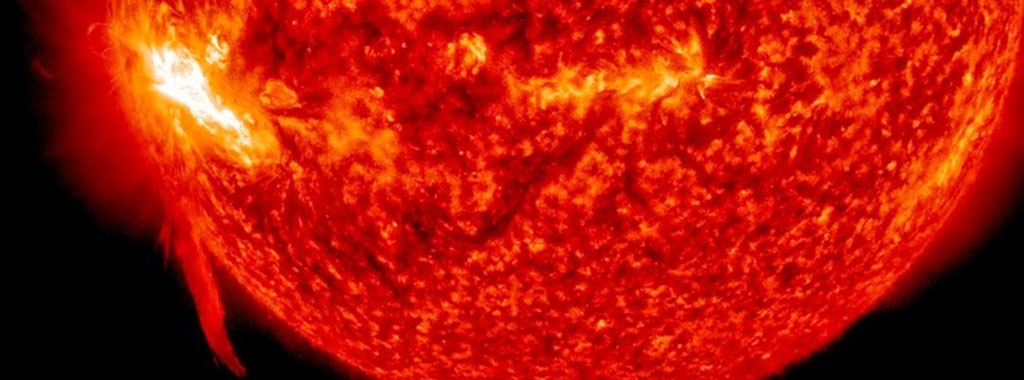Véronique Dehant, Doctor Honoris Causa of the Paris Observatory
Véronique Dehant works at the Royal Observatory of Belgium, where she is responsible for the Operational Directorate “Reference Systems and Planetary Science”. She is also Extraordinary Professor at the Université Catholique de Louvain.
She was or is involved as Principal Investigator (PI) or Co-Principal Investigator (Co-PI) or Co-Investigator (Co-I) of several radioscience space experiments aiming at planetary geodesy and at physics [...]



















